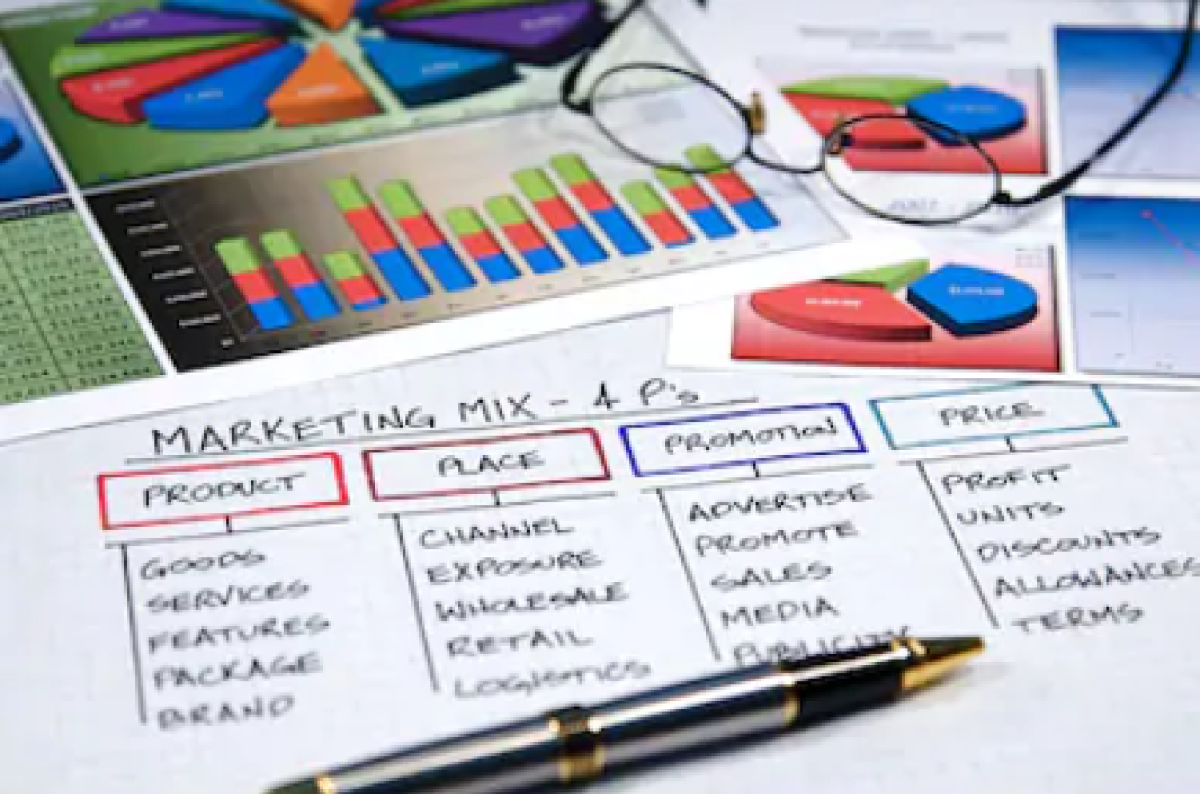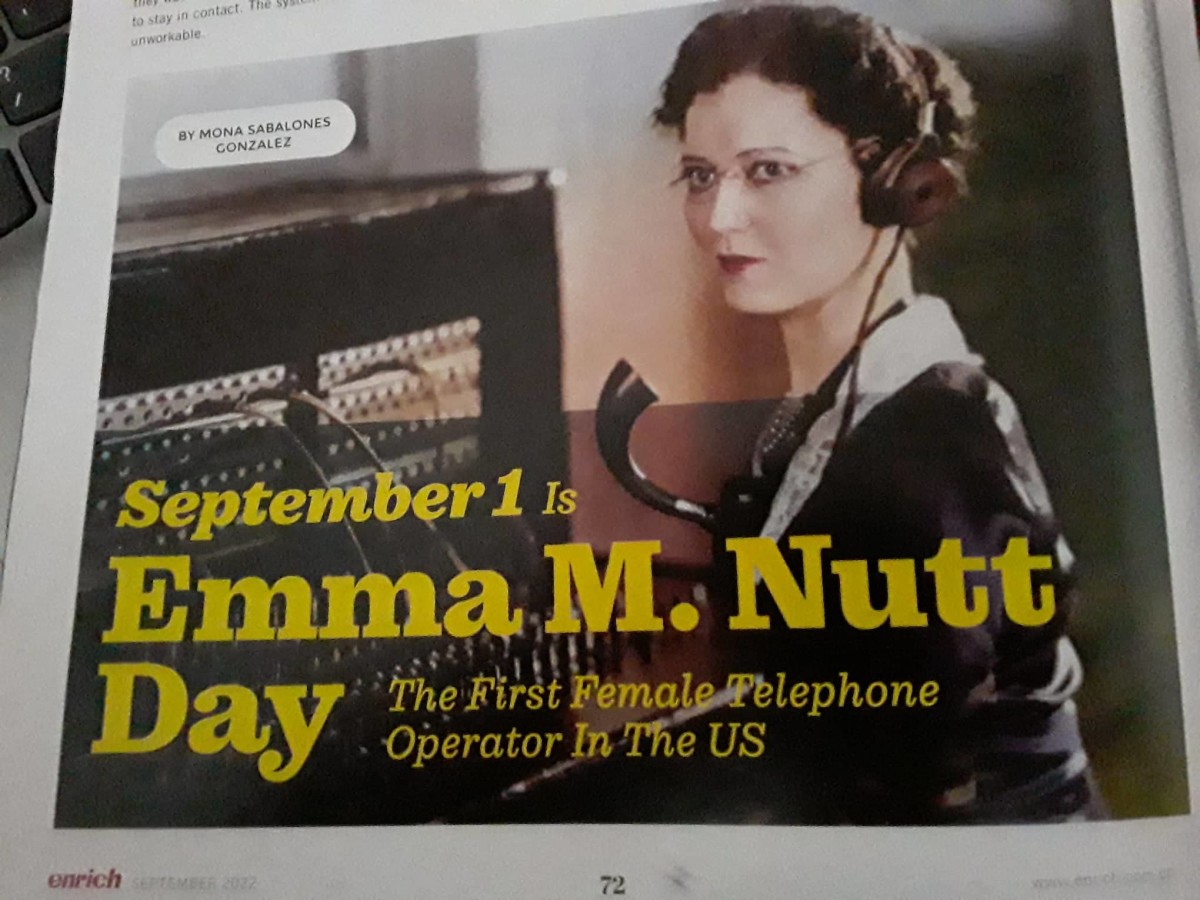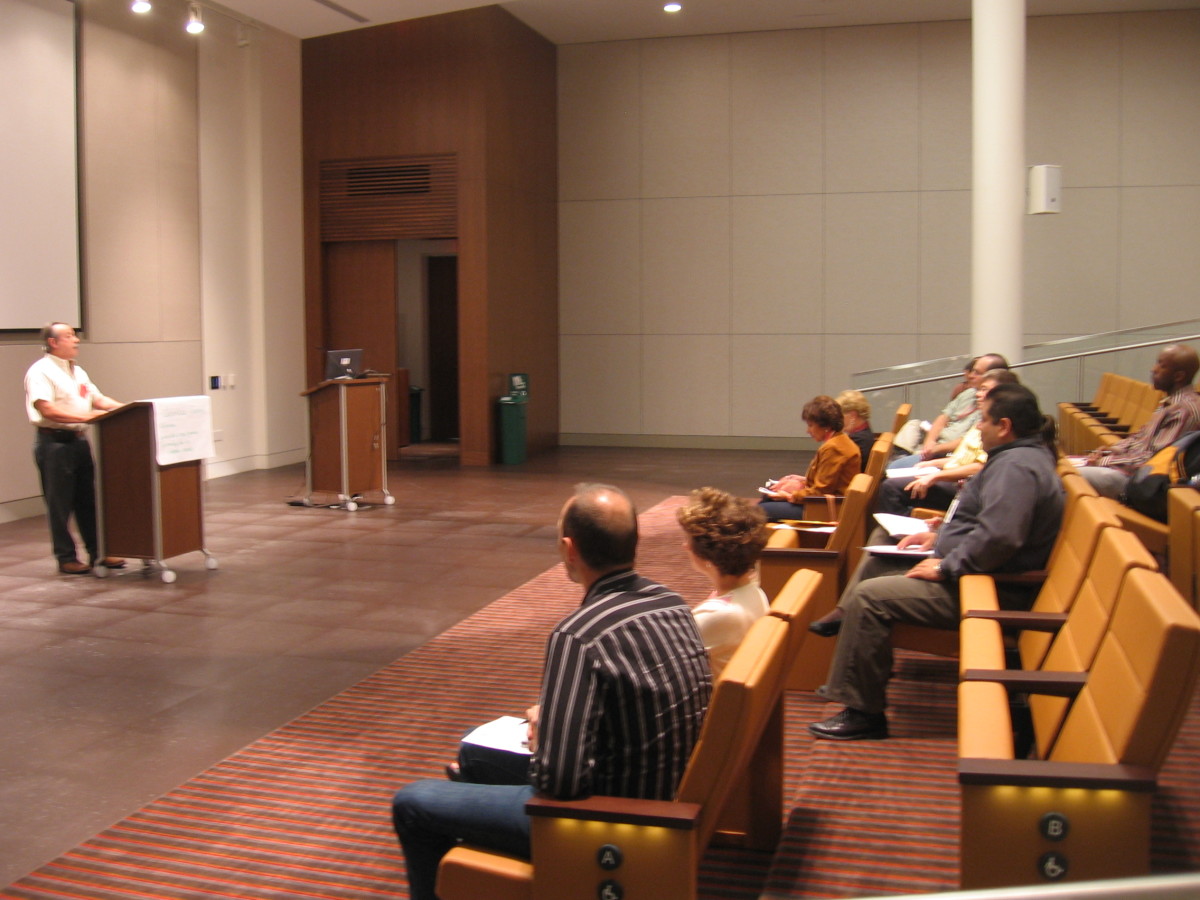Copy writing Skills: Creating Compelling Copy
Writing compelling copy
What does it mean to write or create a compelling copy? Writing words that sell is the key to producing a compelling copy. Part of this discipline is been able to write copies to engage your audience and motivate them to take action. In the context of copywriting you have to make your audience the centre of your message.
In a nutshell, it consists of five main parts namely:
Attention – the first thing your copy needs is to grab the reader’s attention. You achieve this with your headline. This is made possible by selling the benefit of your offering to the customer. It should be able to answer the question; “what’s in it for me.” You need to sell the worth or value of the product to your prospects. What will your prospect, customer be able to do when they use your product or service? How will it change the way they think, feel, behave or act?
Some of the headlines may follow along these lines of thought:
Type of headline Example Significance
How to “How to increase your sales up to 500% using on simple strategy? This type seeks to share a type of knowledge and is used a lot in the internet teaching a particular knowledge.
Question “Are you seek and tired of working for someone else?” These type of headline appeal to potential customers emotions. It has to be such that it question will identify a particular need, want or desire making them to read on.
Command “Double your income within the next 12 months – Guaranteed!” This focuses on the most important benefit your product or service has to offer to your prospects. It makes the potential customer to pay attention and intrigues them to read on.
News “Announcing a brand new breakthrough in E-publishing” This method is effective and used to announce new products and services. Written inform of an announcement or introduction and they create curiosity
Testimonials “Internet Marketing Executive is Pure genius – Our Sales have increased by 49%!” Very effective and help to build trust.
It’s very important that you invest time in crafting a headline that gets the attention of your prospect to what you have to offer. Research suggests that the headline that sells the benefit of your product or service has been shown to be very effective.
Interest – once you've got the attention of your prospects or customers, you need to create an interest in your product or service. Your prospect is interested in what you product or service (offering) should do for them. The simple acronym here is WIFM. This means what’s in it for me. They want to know how your offering would solve their problem. It’s not about you but the audience. You need to have in your mind’s eye a character called “the reader.”
According to Theodore Levitt, “what people want isn’t a quarter inch drill; it’s a quarter inch hole. What they want is a solution to a problem."
How will the prospects life be improved if they do what you want them to do? You need to answers this question at the beginning of your copy by revealing the benefit of your offering to the prospect. So for you to gain the interest of your client you need to be able to sell by adopting these two techniques:
• Being able to sell the features, benefits, hopes and dreams
• Presentation of your thought through the art of story telling
In the words of Jo Owen, in his book “How to sell”: “from dish washing liquid to off-road cars, we can see how people buy more than features. They buy hopes and dreams. These hopes and dreams are not private fantasies: they are normally dreams about how friends, neighbours and colleagues see buyers.”
Ultimately it is about constructing a story in which the buyer is he hero, or at least never the fool. Being able to craft the right story is sure to win you the sale.
Desire – If you’ve made your prospect to be interested in your offering, the next important thing is to make them want your product. It is important to note that what people want forms a very small subset of the things in which they are interested. You need to convert the interest to desire; which is the almost the difference between need and want. How will you make your prospect to see your offering as a high need as well as a high want? Can you paint a picture of them been able to change in one form or the other by the use of your product? How will their situation be without your product?
Make them have a test drive of the car they want but walking home without the car. Imagine how that feels. Create a sense of urgency to move their interest to want.
Conviction
How will you persuade your prospects to believe in your offering? You need to know what will make them believe wholeheartedly in your product or service. What would make them to believe beyond reasonable doubt that your offering does exactly what it says.
You may need testimonials from existing customers, cut out from any printed, transcript (audio), or video of how they benefitted from your product or service. They need to be attributed to make it authentic.
Other methods that have been shown to work are:
• A free sample
• Statistics, e.g. reliability of performance
• A free trial
• Press coverage (positive review)
• Third party endorsements
• A money- back guarantee
Action
According to Andy Maslen “author of Write to sell, the ultimate guide to great copywriting” call to action should be “short, simple, direct and clear.”
Ultimately you need to finally make the prospect to take action. Very clearly you need to tell them what you want them to do. For example, phone this number, click this link or any other call to action you want the prospect to execute. Having a good ad is irrelevant you need to tell people precisely what to do – how to take action.








